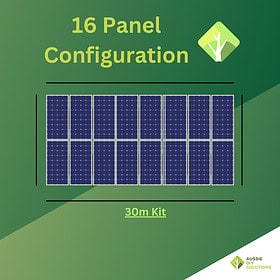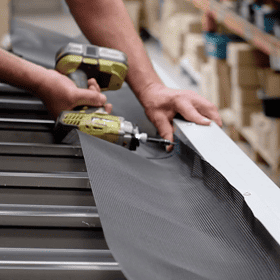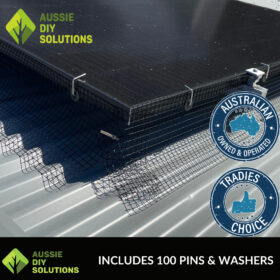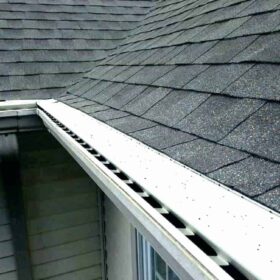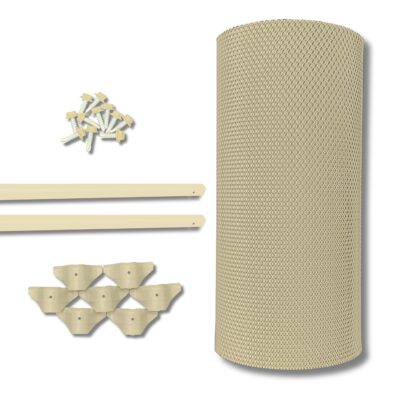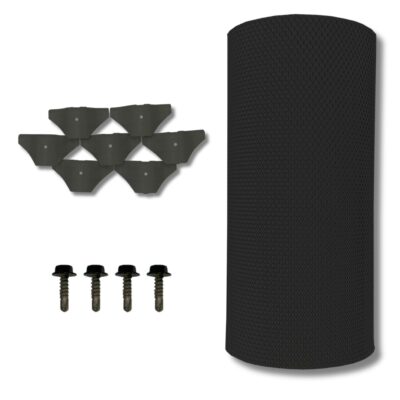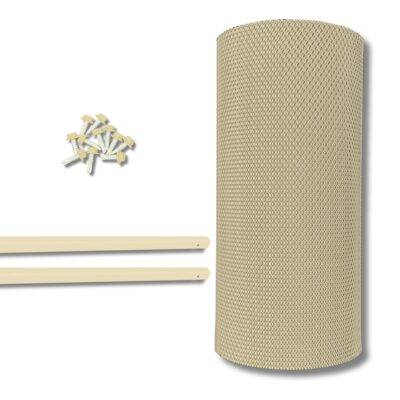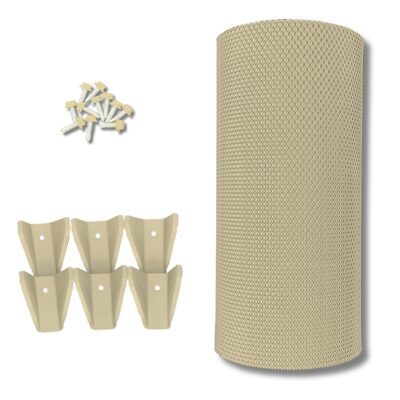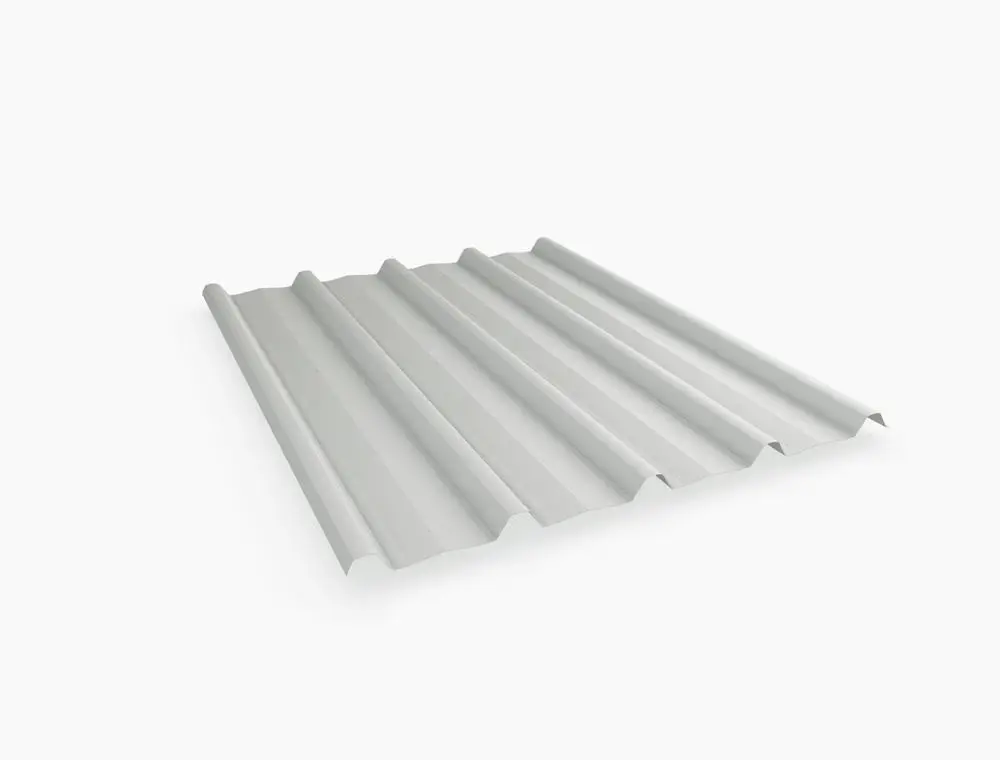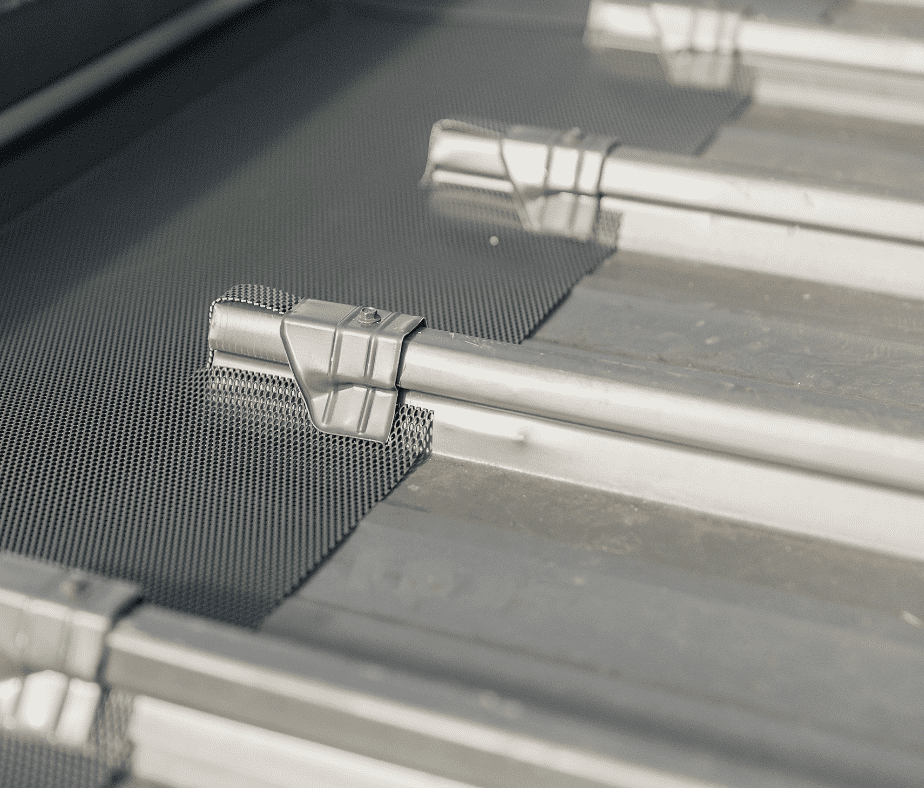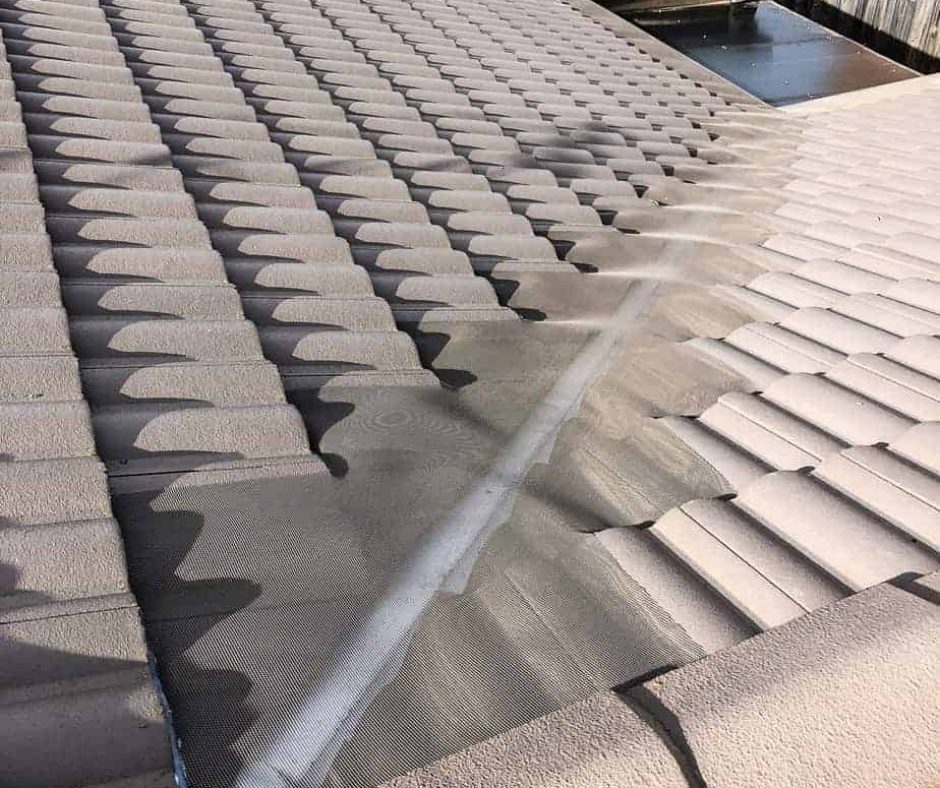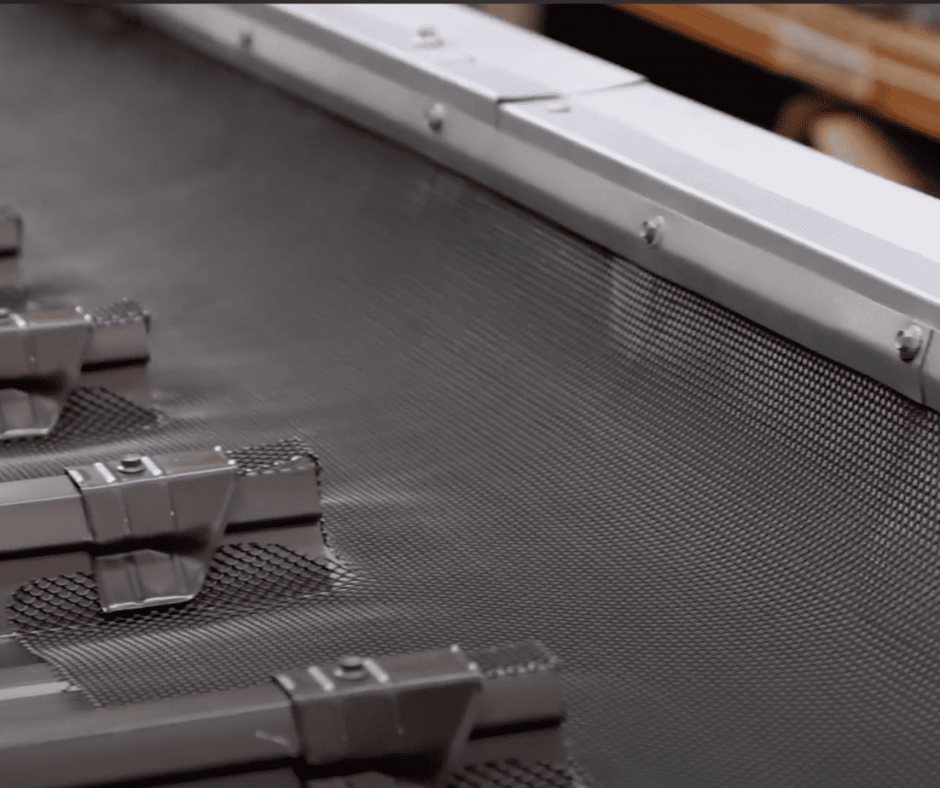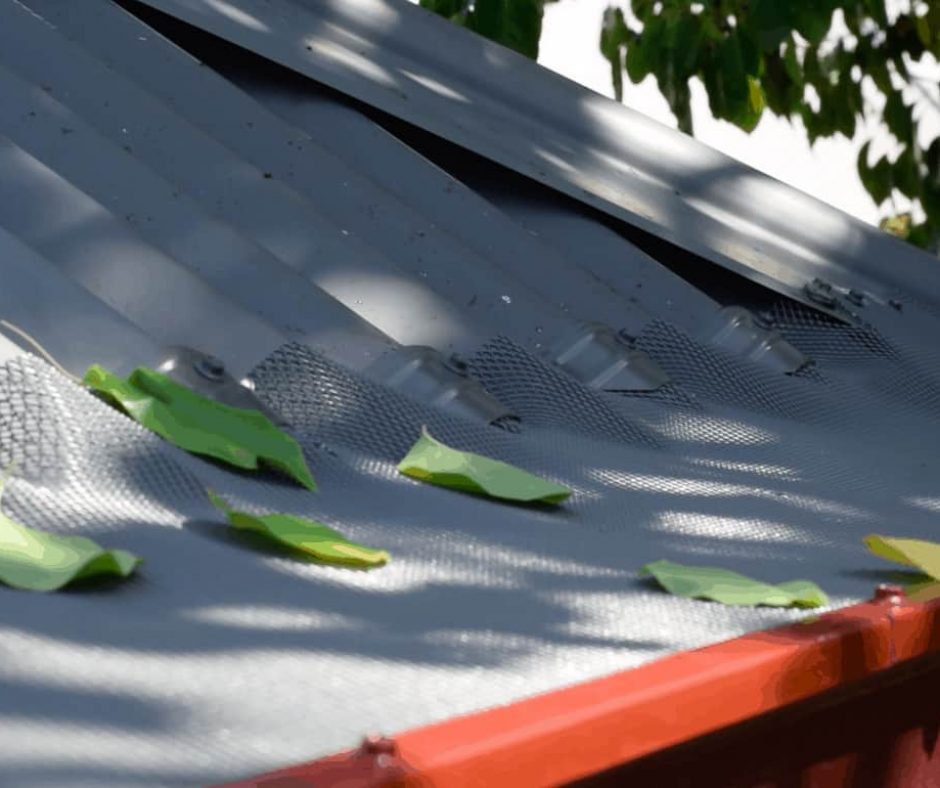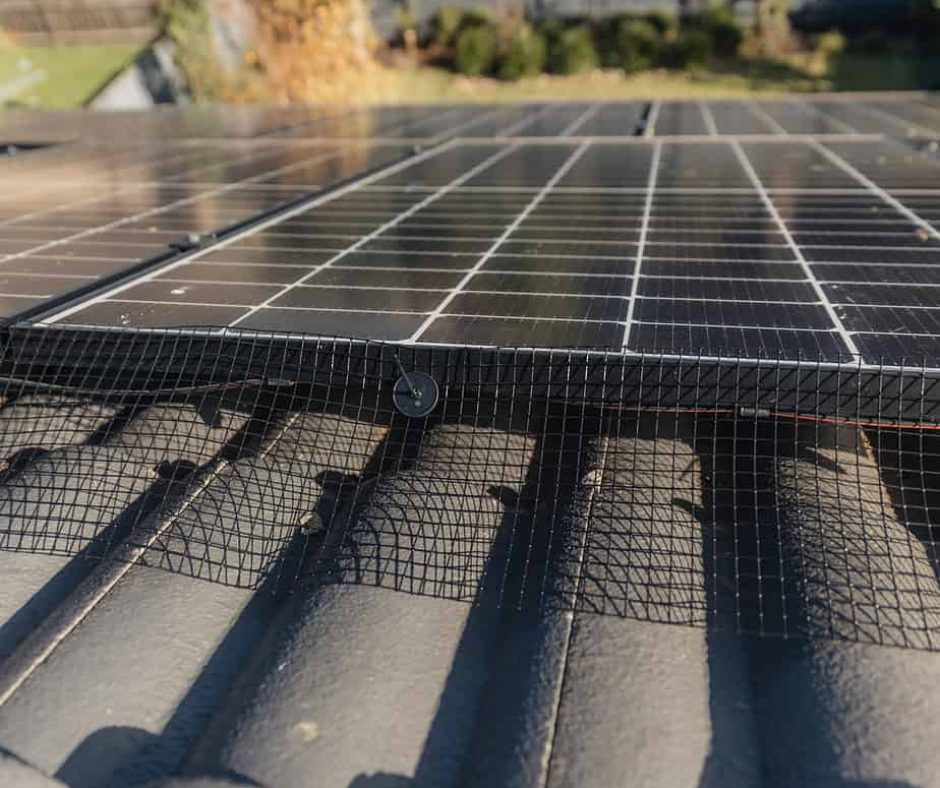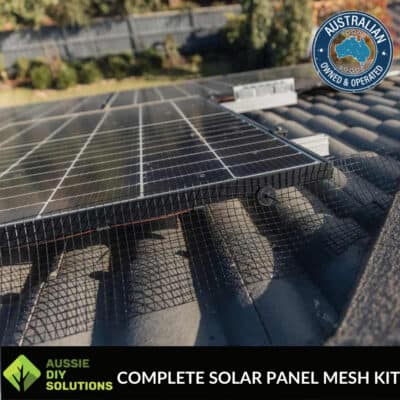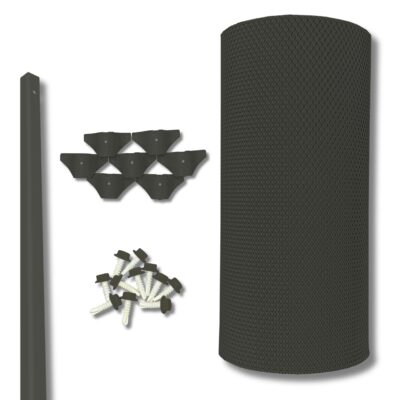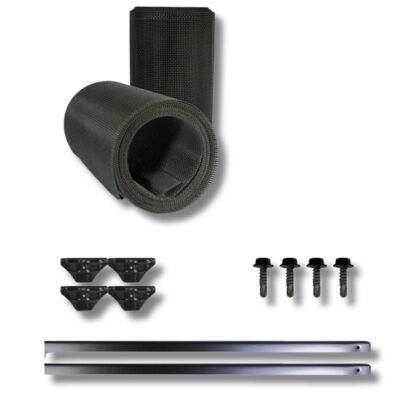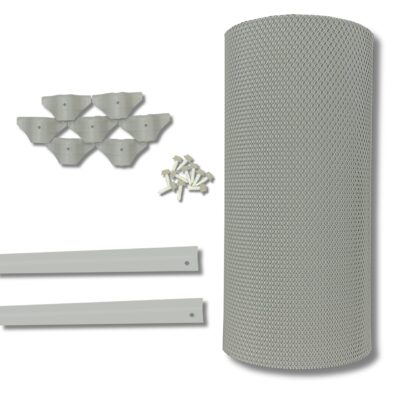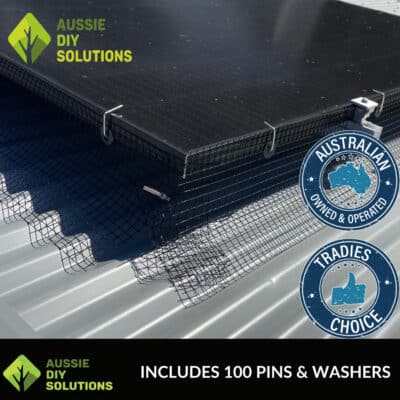It’s raining, its pouring the downpipe is exploding! – sound all too true?
With the yucky winter weather, it isn’t until a heavy down pour or prolonged periods of rain that you’ll notice those pesky gutters overflowing with water. Sorry to say, you are probably dealing with a blocked downpipe!
Blockages in your gutters is often caused by the build-up overtime of leaves, debris, moss and even fury or feather unwanted guests – could even be that lost tennis ball from last Christmas’ backyard cricket. Firstly, I would always recommend getting on to potential blockages as soon as possible. Out of sight out of mind is not the best practice and this sort of neglect can cause serious and potentially expensive structural damage to your home and its foundations.
If you begin to suspect a blockage, first thing to do would be to check out the problem at the source and assess the situation. I’m not going to sugar coat it downpipe assessment is time consuming, and involves climbing necessary know-how to assess the situation properly. It is inherently dangerous, therefore if you’re worried about your safety seek professional advice or services. SAFTY COMES FIRST!
“I’m not going to sugar coat it downpipe assessment is time consuming…and…dangerous… [so] if worried about your safety seek professional advice or services. SAFTY IS KEY!”
How to Unblock Downpipes:
- Secure your ladder safely to your roof and position it so you can visibly view down the inside of the pipe. If you can’t clearly see the blockage, use a sturdy piece of wire attached to a thin piece of timber or pole and manoeuvre it down the pipe until you reach the blockage. You should then move the wire in and out to break up the blockage. Finally, flush any remaining debris out with a hose.
- If this technique proves unsuccessful, then you may have to move onto the more gruelling operation of disassembling the downpipe. Tap downwards along the downpipe to find the blockage. Listen for a solid sound, as this is an indication of where the blockage is located. Dismantle the downpipe up to this section and break up and remove the blockage. Again, flush any remaining debris out with a hose and to check for any more blockages. Finally, clean out the loose dismantled pipe parts for good measure.
- Now if you are still defeated by this point, it might be time to call a plumber who will use specialised equipment like sani-snakes or jet rodding machines to clear more sever blockages.
But it doesn’t have to get to this stage. Blockages are 100% avoidable with gutter protection measures such a gutter guards. and gutter guard mesh
If something from this post resinated with you and your circumstances with your home guttering systems, why not consider installing your own gutter guard. Aussie DIY Solutions provide a number of options for different styles of homes across Australia.
Gutter Cleaning Services
Gutter Clean Services: Everything You Need to Know (and How Aussie DIY Solutions Can Help) When it comes to home maintenance, few tasks are as
Tile-Roof Gutter-Guard Installation: Tools & Manual Handling Tips
Installing gutter guards on a tiled roof isn’t just about attaching mesh and trims—it’s a physical task that involves manual handling, working at heights, and
Installing Gutter Guards on Colorbond Roofs: Pro Tips & Tricks
When it comes to protecting your home from debris buildup, clogged gutters, and airborne burning embers, installing the right gutter guard system is a must—especially
Why gutters with gutter guards are better
Why Gutters With Gutter Guards Are a Game-Changer for Your Home Gutters are one of those parts of a home that often go unnoticed—until they
The Best Eavestrough Gutter Guards to Protect Your Home: A Comprehensive Guide
Eavestrough gutter guards are designed to keep your gutters clear of leaves and debris, ensuring proper water flow and protecting your home from potential water

How to Install Gutter Guard on Klip-Lok to Box Gutter Roof
We’ll walk you through the step-by-step process for an easy-to-install gutter guard for Klip-Lok® box gutters installation.


